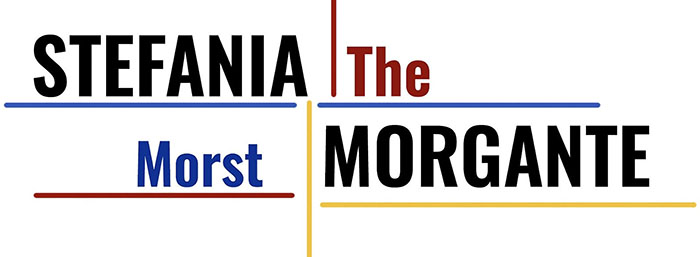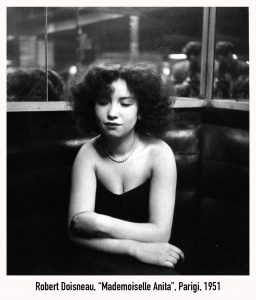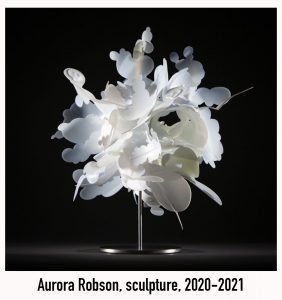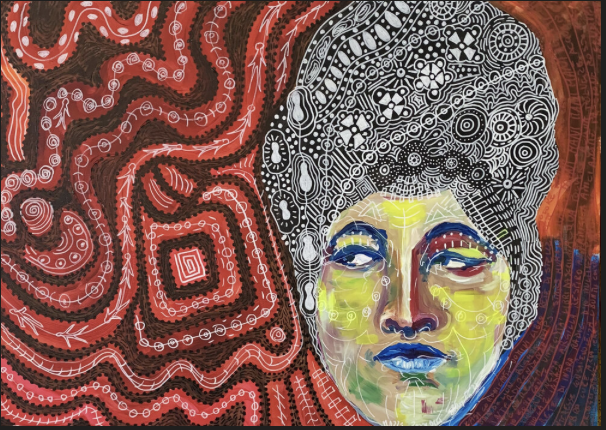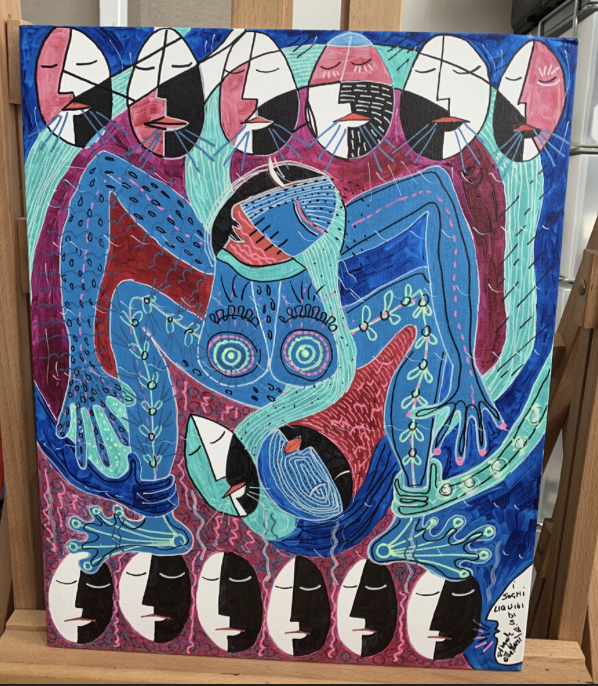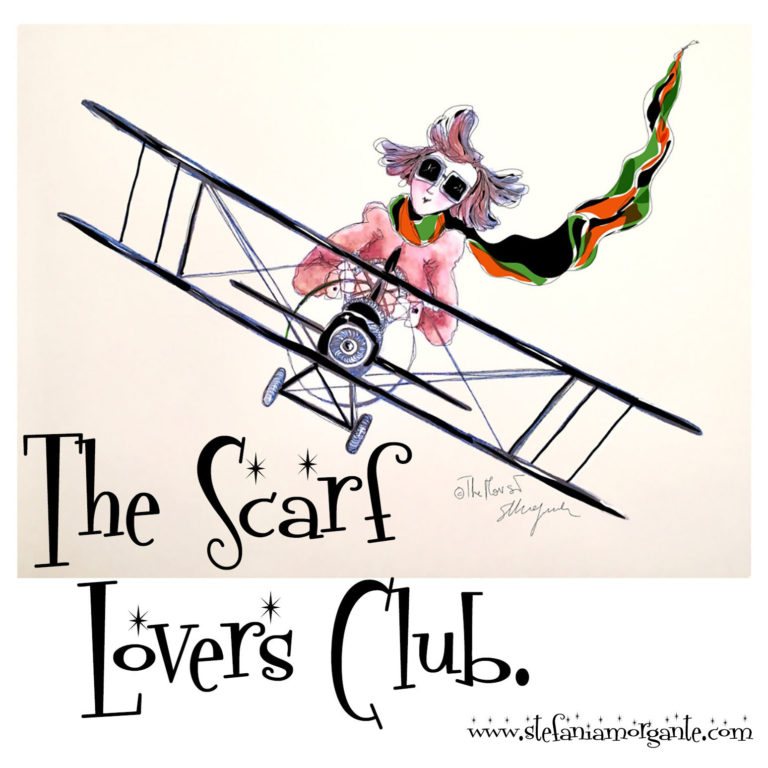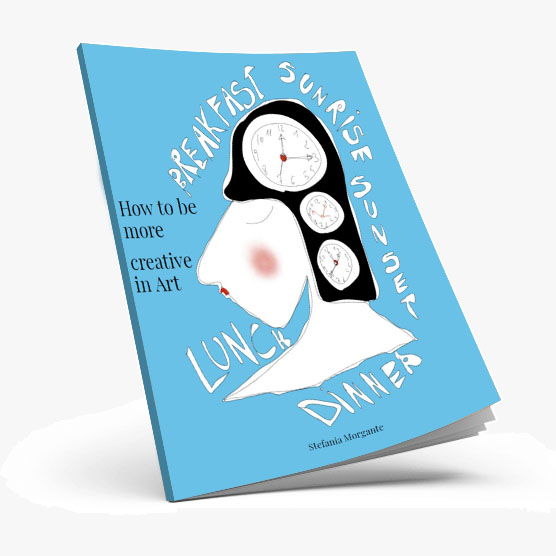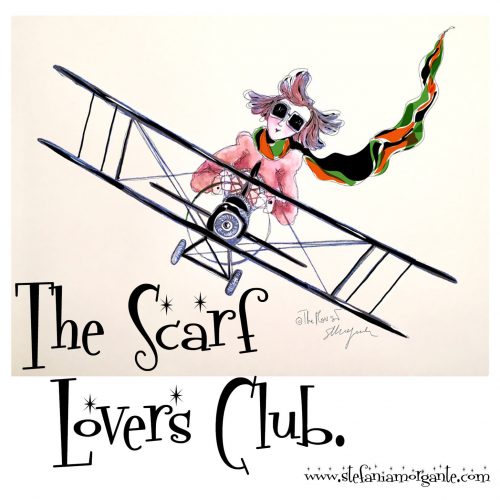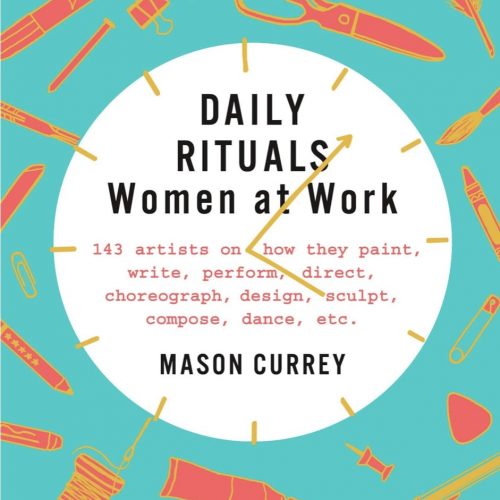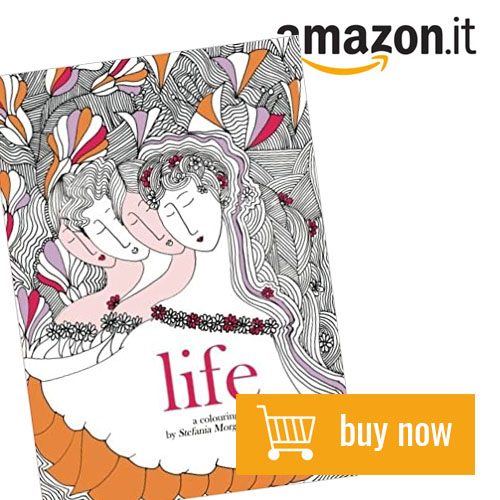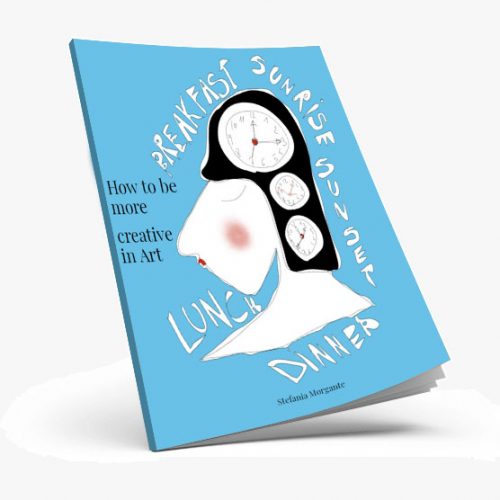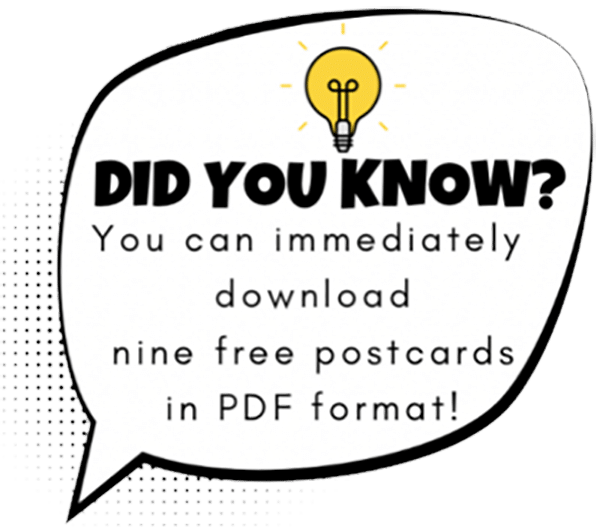What Lies Beneath: Emily Dickinson by Stefania Morgante
Thanks to Niall McMonagle and his weekly column on Sunday Independent.
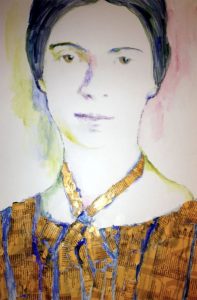
Here all the interview (thank you Margherita Salterini)
Emily Dickinson was the big discovery of my 16th year of life.
A summer of passion and torments, the boredom in high-school, the doubts about my talent, the questions about my future (an artist? Yeah, sure!), the blue mountains and the flourished lands where I started reading this poet, the one I discovered in that small market one sunny day in Udine.
Two books, par I and part II in English and Italian. A sharp, essential and blinding language.
Beautiful metaphors. Words as if they are scalpels. If Emily Dickinson represents my 16, Sylvia Plath represents my 18-20ies. Just after high school and the beginning of University.
As much as E. Dickinson explores the world trough a social silence, Sylvia Plath explores the world from a female point of view with new roles. Finally, but not without suffering.
Work, study, career, motherhood, art, family. Sylvia Plath approaches everything with a deep discomfort and the awareness that being weak is never completely forgiven by the rest of the world. To fulfill the expectations was a matter in the 50ies as it is today.
For my graduation thesis I picked a poem by Sylvia Plath: The Disquieting Muses, inspired by Giorgio De Chirico‘s painting.
I think that’s the moment when I decided my path: writing and visual arts were my language, both needed to express myself. I’ve always dedicated myself to poetry and painting. I deeply need them both.
But here’s the thing: In Italy, whoever decides to combine two different fields rather than just choosing one and specializing in it, can often hear comments like you’re not a writer, you’re not a painter, if you do too many things, you’ll probably be bad at them all.
I live in Northern Italy, in the region called Friuli, more precisely in Tarcento.
My father was born here and he died last year. That’s when I decided to move here, one day during last August. My father was my North, and today I can say he told me to move here, that day, July the 6th. I’ve always loved these places. My ancestors’ house is here, my grandma’s vegetable garden, the rivers, the mountains. A land made of unbelievable colors
I was born in the South of Italy, my mother is from Puglia. I attendend primary and secondary school in Brindisi, then high school in Lecce (very famous for Barocco style) and the university in Bologna (the very first university in Europe, where I had the great honor to meet Umberto Eco and Gianni Celati as my professors). Then I lived in Sardinia for 20 years.
Now that I’m here, I have a studio in front of the mountains, where I write and create (as soon as I manage to organize the boxes that contain my previous life). I move by bike, I take care of my garden. I’m kind of Emily Dickinson after all.
The portrait of Emily Dickinson comes from the idea of an exhibition I had 4 years ago, but never got the chance to do. I wanted to picture universally famous women, that had a special meaning in my life. Something that could remind people that art is with no gender. We often forget about the importance of the woman’s role, even today. We must remind to our young generation where we come from. Dickinson, Plath, Amelia Rosselli (that I’ve met and spent time with for a few months; she pushed me in writing and writing and writing some more, then leave everything to rest in a drawer. If you have nothing to say, just don’t say anything she said), Grazia Deledda the Italian Nobel who was born in Sardinia, where I lived for two decades.
I used unusual medium. Mostly collage (after a course I attended at MoMa with Katerina Lanfranco) and watercolors.
The collage mixed with traditional techniques is not that great invention. But I do love the conflicts in my art: to realize the portrait of Emily Dickinson I used the pages of the magazine Vogue. Nothing more inappropriate than that: fashion, glamour, lights and shows.
The result is nevertheless rigorous and earnest. Even in those pages, where there is a noisy and ostentatious world. On the pages I used black ink and watercolors.
Watercolors are my payback, almost a zen exercise. After a rich and strong period, with details in excess, I chose to take away, to reduce.
And watercolors are perfect for that: you don’t need layering, you don’t need retouching and revision.
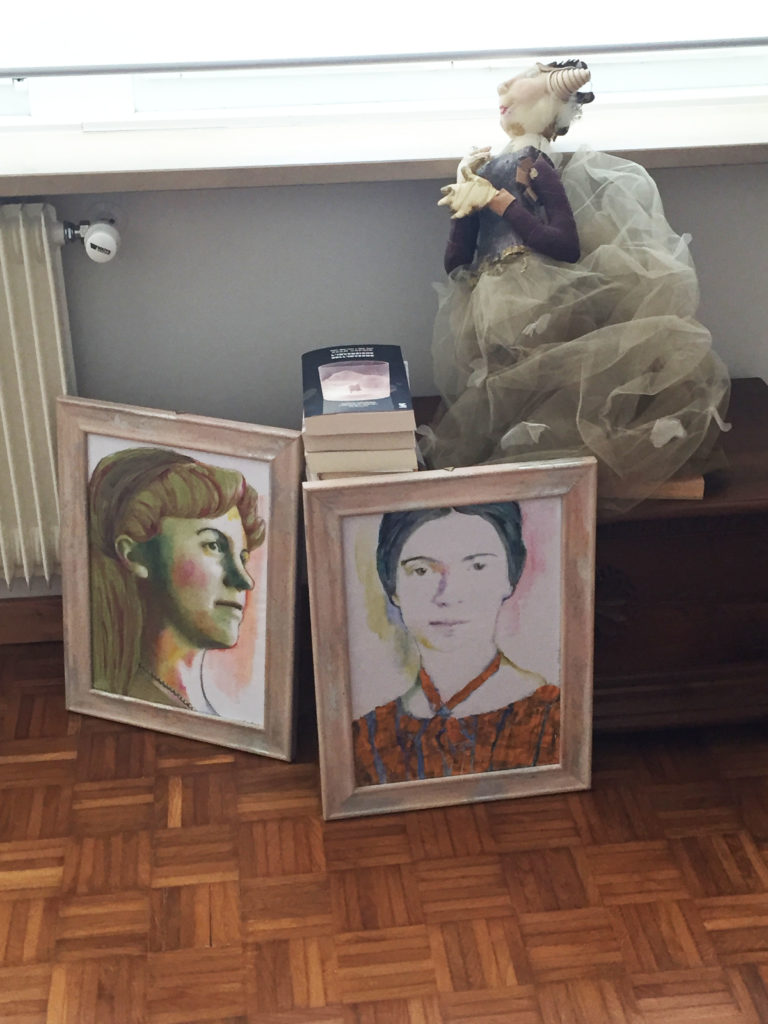
I want to reach the essence, I want to clean the unnecessary, to use the essential. Just like Emily Dickinson poems, clear and perfect as they are, both in form and content.
Someone told me that the portrait is too evanescent, Emily Dickinson appears like in a daguerreotype.
And, come on! A poet? Seriously? How can you even think about painting a long dead poet, with collage? That’s boring and old style!
I recently moved, and that painting is on the floor, near my desk, just like the other one, Sylvia Plath. I truly hope they’ll find their home soon, I don’t really enjoy creating for myself. I judge me too much. They would probably be happier if they could find a way to be out of my studio as soon as possible.
I’ve never been to America. But the trip I have been dreaming about for years includes Amherst and New England. Pollock‘s house (where I’d love to walk on the glass that maintains the color on the floor) and every literary and artistic spot in New York. But also, O’Keeffe‘s places and so much more. Impossible to choose. I just dream about it, for now.

